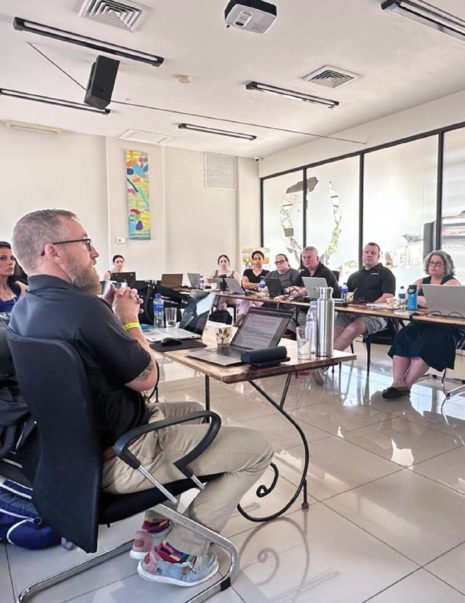Now, the revised process of regulatory inspection involves a more streamlined approach: initiating the inspection, requesting evidence of compliance or document review, and having the inspection support team locate and retrieve the required files. Once the files are retrieved, the forms are produced as part of regulatory compliance.
By implementing this new approach, the team is able to lower document retrieval wait times during regulatory inspections, resulting in improved efficiency and effectiveness of the process. The success of this approach is recognized and appreciated by the regulatory auditor, which ultimately strengthens the team’s quality assurance stance. Furthermore, the continuous improvement approach employed in this process, which involves analyzing data, processes, patterns, trends, and anomalies, is a fundamental aspect of sound quality management. This approach helps the team to identify areas for improvement and implement changes that can enhance the quality of their work, ultimately leading to better compliance and increased customer satisfaction.



















